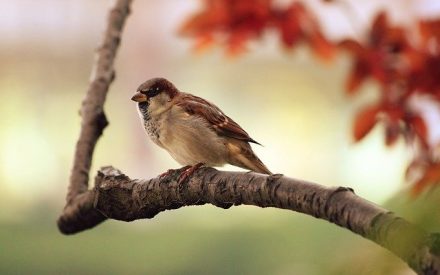Ohio wildlife experts investigating mysterious bird illness
By Emily Chesnic
The Ohio Department of Natural Resources continues to comb through data concerning sick and deceased birds in Northeast Ohio, says ODNR wildlife biologist Laura Kearns.
Currently, the ODNR has “unverified” reports regarding ill and dead birds, with about 150 reports of injured and deceased birds coming from Medina and Cuyahoga counties since mid-June, which is lower than reports coming from other parts of the state, she said.
At this time, the ODNR is working to confirm if the birds reported were inflicted with the disease or died from other sources of mortality, including collisions, she said.
Wildlife rehabilitators in the area continue to get regular calls regarding sick birds, too, with no effective treatments found yet, said Kearns.
In June, the ODNR began working to identify a mysterious illness affecting birds in the state, with birds in other eastern states also showing signs of the deadly disease, which is still under investigation.
The ODNR is asking residents to take down their bird feeders and bird baths to avoid birds spreading the unknown disease. The illness currently affects mostly songbirds, including robins, Blue Jays and sparrows.
Medina County Park District Naturalist Mark Ludwig said the bird feeders at the district’s nature centers have been taken down following guidelines from ODNR.
Kelly McGinnis, naturalist for the Cleveland Metroparks, said some homeowners have been reluctant to remove their feeders. She assures those individuals there is “plenty of natural food, including insects and berries,” for them to eat during the summer months.
Those unwilling to take down their feeders and birdbaths should clean them with a 10 percent bleach solution, especially if they are seeing ill or deceased birds in their area, she said.
The ODNR said it might take a while for researchers to identify this mysterious illness, as they continue to test for different viruses, toxins, bacteria and fungi.
While some theorized the emergence of cicadas this summer brought about the disease, state wildlife experts say they most likely did not cause the illness.
Jaime Emmert, spokesperson for Ohio Division of Wildlife said those who see an ill or dead bird should report it by calling 1-800-wildlife or submitting information, including photos, to wildlife.ohiodnr.gov. She said birds showing symptoms of the disease, including crusty, cloudy or swollen eyes and neurological issues should always be reported.
Emmert said birds with the disease often are unable to hold up their heads and have the inability to fly.
“We are seeing this is mostly common in young birds and we have no idea why,” she said. “Researchers continue to investigate what this is.” ∞

